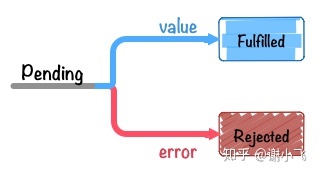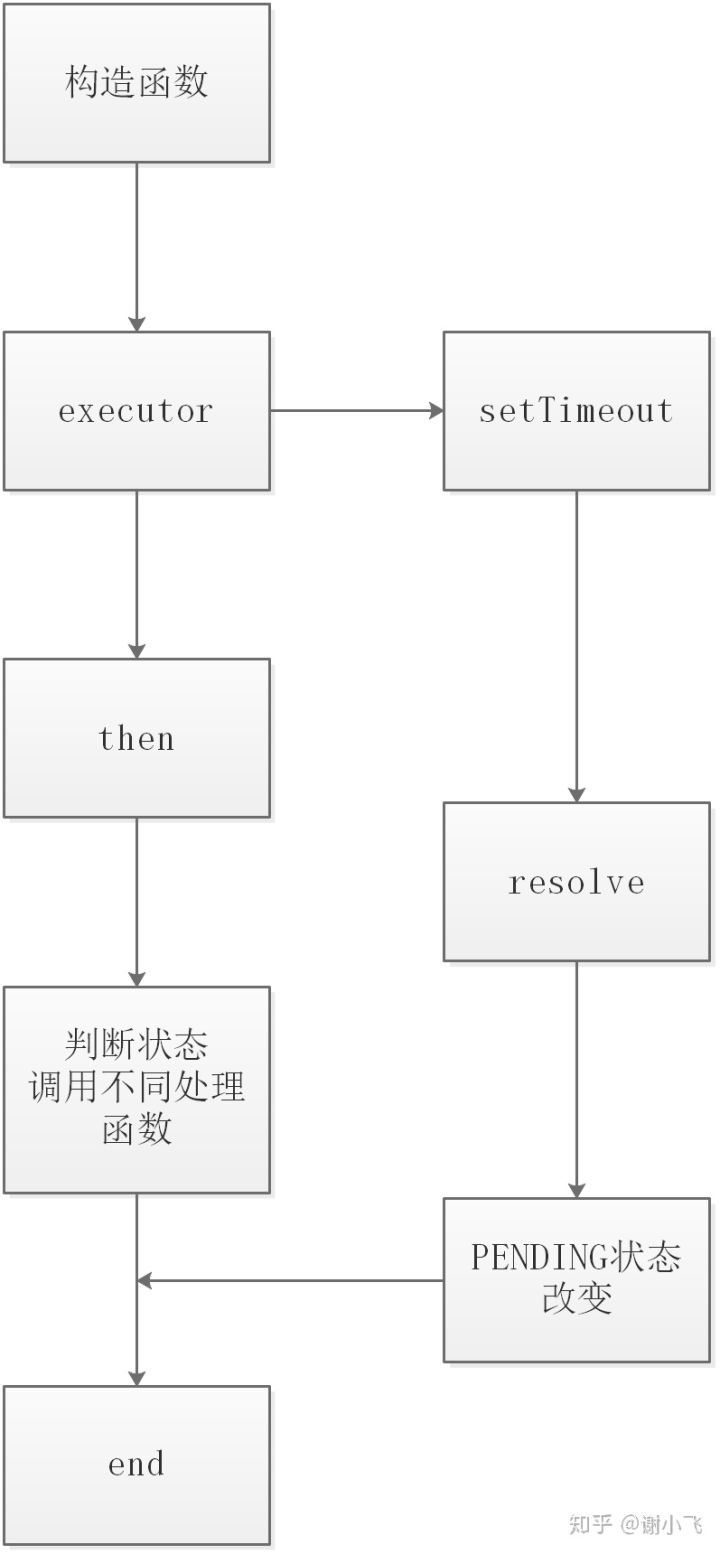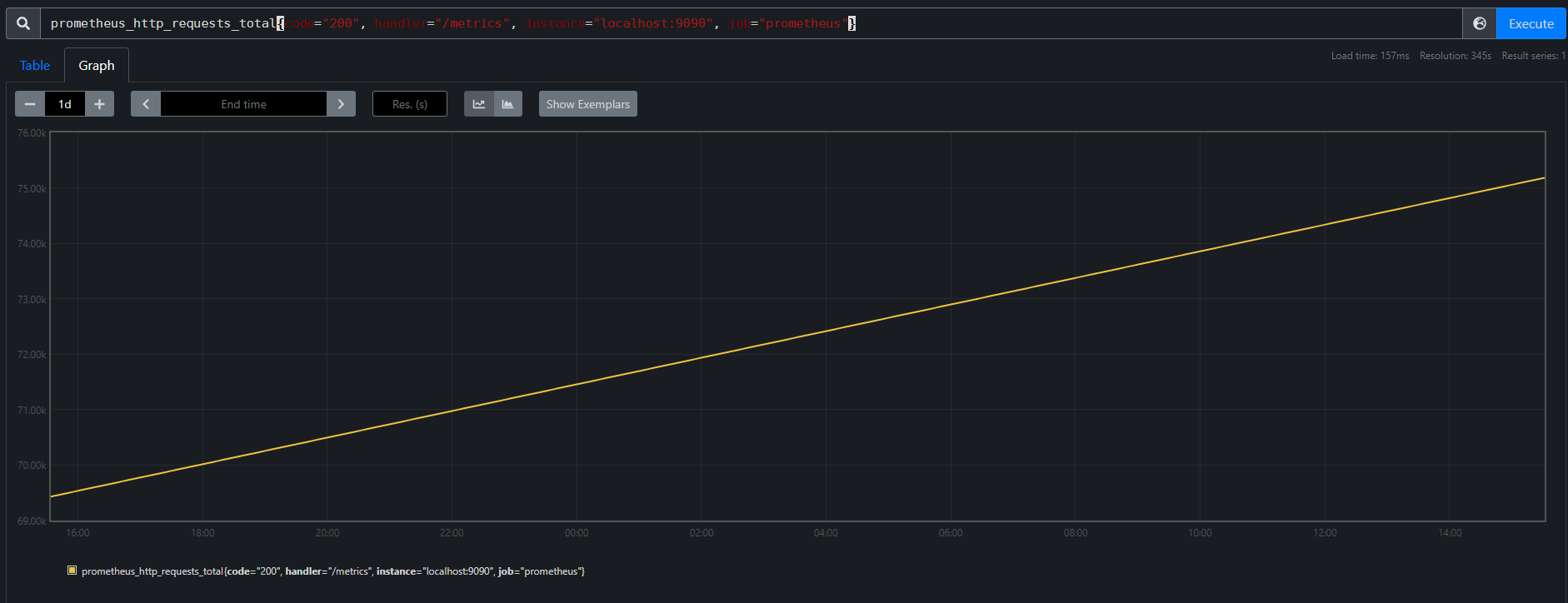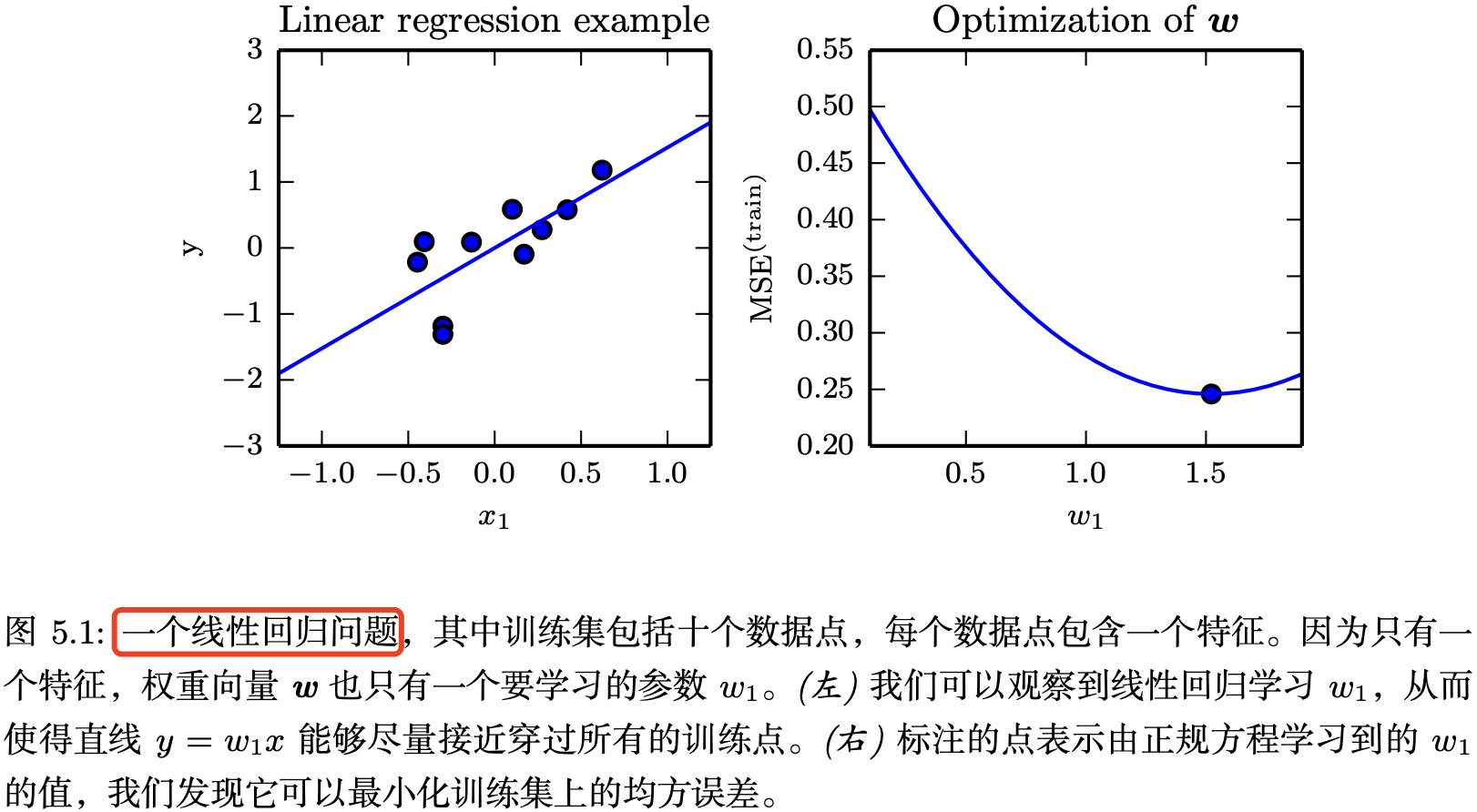什么是Promise?
所谓Promise,简单说就是一个容器,里面保存着某个未来才会结束的事件(通常是一个异步操作)的结果。从语法上说,Promise 是一个对象,从它可以获取异步操作的消息。Promise提供统一的API,各种异步操作都可以用同样的方法进行处理。
Promise出现之前都是通过回调函数来实现,回调函数本身没有问题,但是嵌套层级过深,很容易掉进回调地狱。
const fs = require('fs');
fs.readFile('1.txt', (error,data) => {
fs.readFile('2.txt', (error,data) => {
fs.readFile('3.txt', (error,data) => {
//你的代码
});
});
});
Promise的出现正是为了解决这个痛点,我们可以把上面的回调嵌套用Promise改写一下:
const readFile = function(fileName){
return new Promise((resolve, reject)=>{
fs.readFile(fileName, (error, data)=>{
if(error){
reject(error)
} else {
resolve(data)
}
})
})
}
readFile('1.txt')
.then(data => {
return readFile('2.txt');
}).then(data => {
return readFile('3.txt');
}).then(data => {
//...
});
Promise基本结构:
回顾一下,我们平常使用promise的方式:
var p = new Promise(function(resolve, reject){
console.log('执行')
setTimeout(function(){
resolve(2)
}, 1000)
})
//then方法返回的也是一个promise对象
p.then(function(res){
console.log('res',res)
},function(err){
console.log('err',err)
})
首先看出来,Promise是通过构造函数实例化一个对象,然后通过实例对象上的then方法,来处理异步返回的结果。同时,promise/A+规范规定了:
promise 是一个拥有 then 方法的对象或函数,其行为符合本规范;
一个 Promise 的当前状态必须为以下三种状态中的一种:等待态(Pending)、执行态(Fulfilled)和拒绝态(Rejected)。
const PENDING = 'pending'
const FULFILLED = 'fulfilled'
const REJECTED = 'rejected'
function Promise(executor) {
var _this = this
this.state = PENDING; //状态
this.value = undefined; //成功结果
this.reason = undefined; //失败原因
function resolve(value) {} //成功时的回调
function reject(reason) {} //失败时的回调
}
Promise.prototype.then = function (onFulfilled, onRejected) {
};
module.exports = Promise;
当我们实例化Promise时,构造函数会马上调用传入的执行函数executor,我们可以试一下:
let p = new Promise((resolve, reject) => {
console.log('执行了');
});
因此在Promise中构造函数立马执行,同时将resolve函数和reject函数作为参数传入:
function Promise(executor) {
var _this = this
this.state = PENDING; //状态
this.value = undefined; //成功结果
this.reason = undefined; //失败原因
function resolve(value) {}
function reject(reason) {}
executor(resolve, reject)
但是executor也会可能存在异常,因此通过try/catch来捕获一下异常情况:
try {
executor(resolve, reject);
} catch (e) {
reject(e);
}
不可变
promise/A+规范中规定,当Promise对象已经由等待态(Pending)改变为执行态(Fulfilled)或者拒绝态(Rejected)后,就不能再次更改状态,且终值也不可改变。因此我们在回调函数resolve和reject中判断,只能是pending状态的时候才能更改状态

function resolve (value) {
if(_this.state === PENDING) {
_this.state = FULFILLED;
_this.value = value;
}
}
//失败时的回调
function reject (reason) {
if(_this.state === PENDING) {
_this.state = REJECTED;
_this.reason = reason;
}
}
then实现
当Promise的状态改变之后,不管成功还是失败,都会触发then回调函数。因此,then的实现也很简单,就是根据状态的不同,来调用不同处理终值的函数。
Promise.prototype.then = function (onFulfilled, onRejected) {
if(this.state === FULFILLED){
typeof onFulfilled === 'function' && onFulfilled(this.value)
}
if(this.state === REJECTED){
typeof onRejected === 'function' && onRejected(this.reason)
}
};
在规范中也说了,onFulfilled和onRejected是可选的,因此我们对两个值进行一下类型的判断:
onFulfilled 和 onRejected 都是可选参数。如果 onFulfilled 不是函数,其必须被忽略。如果 onRejected 不是函数,其必须被忽略
代码写到这里,貌似该有的实现方式都有了,我们来写个demo测试一下:
var myP = new Promise(function(resolve, reject){
console.log('执行')
setTimeout(function(){
reject(3)
}, 1000)
});
myP.then(function(res){
console.log(res)
},function(err){
console.log(err)
});
很遗憾,运行起来我们发现只打印了构造函数中的执行,下面的then函数根本都没有执行。我们整理一下代码的运行流程:

当then里面函数运行时,resolve由于是异步执行的,还没有来得及修改state,此时还是PENDING状态;因此我们需要对异步的情况做一下处理。
支持异步
参考发布订阅模式,如果当前是PENDING状态,就把回调函数寄存到一个数组中,当状态发生改变时,去数组中取出回调函数,因此先定义下变量
function Promise(executor) {
this.onFulfilled = [];//存成功的回调
this.onRejected = [];//存失败的回调
}
这样,当then方法执行时,如果还是PENDING状态时,不立马执行回调函数,而是先存到数组中
Promise.prototype.then = function (onFulfilled, onRejected) {
if (this.state === 'FULFILLED') {
typeof onFulfilled === 'function' && onFulfilled(this.value)
}
if (this.state === 'REJECTED') {
typeof onRejected === 'function' && onRejected(this.reason)
}
if (this.state === PENDING) {
typeof onFulfilled === 'function' && this.onFulfilled.push(onFulfilled)
typeof onRejected === 'function' && this.onRejected.push(onRejected)
}
}
存储起来后,当resolve或者reject异步执行的时候就可以来调用了:
function resolve(value) {
if(_this.state === PENDING){
_this.state = FULFILLED
_this.value = value
_this.onFulfilled.forEach(fn => fn(value))
}
}
function reject(reason) {
if(_this.state === PENDING){
_this.state = REJECTED
_this.reason = reason
_this.onRejected.forEach(fn => fn(reason))
}
}
有童鞋可能会提出疑问了,为什么这边onFulfilled和onRejected要存在数组中,直接用一个变量接收不是也可以么?下面看一个例子:
var p = new Promise((resolve, reject)=>{
setTimeout(()=>{
resolve(4)
}, 0)
})
p.then((res)=>{
//4 res
console.log(res, 'res')
})
p.then((res1)=>{
//4 res1
console.log(res1, 'res1')
})
我们分别调用了两次then,如果是一个变量的话,最后肯定只会运行后一个then,把之前的覆盖了,如果是数组的话,两个then都能正常运行。
至此,我们运行demo,就能如愿以偿的看到运行结果了;一个四十行左右的简单Promise垫片就此完成了。这里贴一下完整的代码:
const PENDING = 'pending';
const FULFILLED = 'fulfilled';
const REJECTED = 'rejected';
export function MyPromise(executor) {
let that = this;
this.state = PENDING; //状态
this.value = undefined; //成功返回的结果
this.reason = undefined; //失败的原因
this.onFulfilledCallback = []; //存成功时需要执行的回调函数
this.onRejectedCallback = []; //存失败时需要执行的回调函数
//成功时的回调
function resolve (value) {
if (that.state === PENDING) {
that.state = FULFILLED; //状态改变
that.value = value;
//异步执行,同步任务执行完以后才执行,在这里执行由于state值没来得及修改而没有执行的回调函数
setTimeout(() => {
that.onFulfilledCallback.forEach(callback => callback(value));
});
}
}
//失败时的回调
function reject (reason) {
if (that.state === PENDING) {
that.state = REJECTED;
that.reason = reason;
//异步执行,同步任务执行完以后才执行,在这里执行由于state值没来得及修改而没有执行的回调函数
setTimeout(() => {
that.onRejectedCallback.forEach(callback => callback(reason));
});
}
}
try {
executor(resolve, reject);
} catch (err) {
reject(err);
}
MyPromise.prototype.then = function (onFulfilled, onRejected) {
//判断回调函数参数,如果不是函数设置默认值
if(typeof onFulfilled !== 'function') {
onFulfilled = value => value;
}
if(typeof onRejected !== 'function') {
onRejected = reason => {
throw reason;
}
}
//如果 onFulfilled 或者 onRejected 抛出一个异常 e ,则 promise2 必须拒绝执行,并返回拒因 e。
if (this.state === FULFILLED) {
let promise1 = new MyPromise(function (resolve, reject) {
try {
onFulfilled(this.value);
} catch (error) {
reject(error);
}
});
return promise;
}
if (this.state === REJECTED) {
let promise2 = new MyPromise(function (resolve, reject) {
try {
onRejected(this.reason);
} catch (error) {
reject(error);
}
});
return promise2;
}
//当走到then时,如果状态为PENDING,先不执行回调,将它们存起来,在异步回调中去调用
if (_this.state === PENDING) {
typeof onFulfilled === 'function' && this.onFulfilledCallback.push(onFulfilled);
typeof onRejected === 'function' && this.onRejectedCallback.push(onRejected);
}
};
MyPromise.prototype.catch = function (onRejected) {
//catch函数为then函数的特例,第一个参数为undefined或者null
return this.then(undefined, onRejected);
};
//传入promise数组,
//1.每当遍历结果是成功时,用计数器记录,当计数器当值等于数组长度,则全部成功,返回成功状态
//2.如果当数组中任意一个promise的执行结果是rejected时,直接返回失败的状态
MyPromise.all = (promises) => {
return new Promise((resolve, reject) => {
//计数器
let count = 0;
//存放结果
let arr = [];
for (let i = 0; i < promises.length; i++) {
promises[i].then(v => {
count++;
arr[i] = v;
if (count === promises.length) {
resolve(arr);
}
}, r => reject(r));
}
});
};
//谁先执行完就返回谁的结果和状态,参数也是promise组成的数组
MyPromise.race = (promises) => {
return new Promise((resolve, reject) => {
for (let i = 0; i < promises; i++) {
promises[i].then(v => {
//谁的回调先执行就先返回谁
resolve(v);
}, r => reject(r));
}
});
};
}
本文抄写自网络文章,抄写此文章仅为个人收藏,分享知识,如有侵权,请联系博主进行删除。
原文作者:谢小飞
原文地址:https://zhuanlan.zhihu.com/p/144058361
























